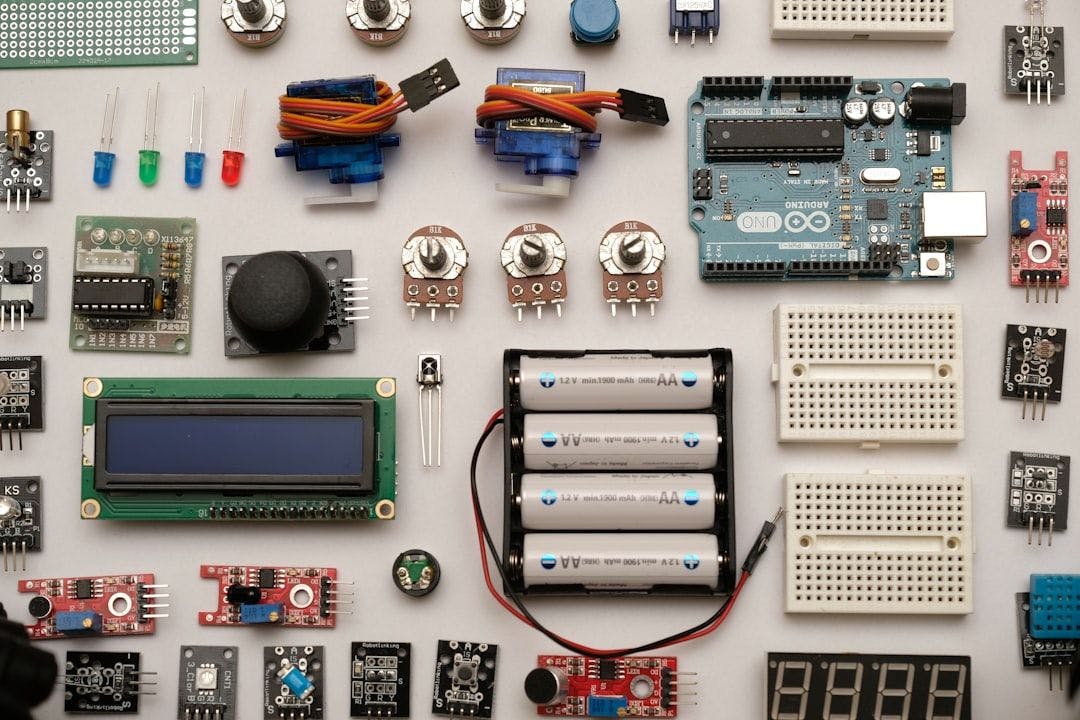#anomaly-detection
#anomaly-detection
[ follow ]
fromTelecompetitor
2 months agoWhen Networks Woke Up: Moving From Sedentary to Sentient
Modern telecommunications networks are undergoing a fundamental transformation, evolving from reactive models to proactive, intelligent systems powered by artificial intelligence (AI) that can predict, prevent, and resolve issues before they impact customers. This evolution represents three distinct phases of network intelligence, each building upon the last to create increasingly sophisticated operational capabilities. Detecting Network Anomalies: The Foundation of Smart Operations The first phase focuses on detecting network anomalies through advanced monitoring systems using the current systems' tools and capabilities.
Artificial intelligence
fromNew Relic
2 months agoIntelligent alerting with New Relic: Leveraging AI-powered alerting for anomaly detection and noise reduction
This is where alert fatigue sets in. DevOps and SRE teams working with cloud workloads, microservices, and rapid deployments see hundreds of alerts triggered every day. Many are duplicates, some are irrelevant, and only a handful actually point to issues that demand attention. Result? When every alert screams 'critical', nothing feels urgent. Engineers spend hours triaging false positives, and important signals risk being buried. That delay directly increases mean time to resolution (MTTR), which ultimately means frustrated customers and financial loss for the business.
Artificial intelligence
Information security
fromNextgov.com
2 months agoFrom trusted insider to threat: Why it's time to modernize insider threat protections for national security systems
Insider threats require updated policy and technology: CNSSD 504 must be modernized and its advanced protections made mandatory to address AI, information warfare, and polarization.
Artificial intelligence
fromTearsheet
2 months agoHow AI is changing payment fraud prevention: From evolving scams to predictive defenses - Tearsheet
Organizations lose an average of $60 million annually to payment fraud, while AI deployment can recover millions by improving anomaly detection and real-time threat analysis.
fromTelecompetitor
2 months agoComcast's MachineQ Unveils AI-Powered Insights for Businesses
The feature leverages AI to translate millions of IoT data points into clear, actionable insights for operations and procurement teams, compressing days of analysis and synthesis work down to a matter of seconds. The agentic AI application ensures repeated synthesis of high-volume data to identify patterns and trends across four key areas: asset location, utilization, alerts, and general status updates, as well as sensor readings from monitoring devices.
Artificial intelligence
[ Load more ]

